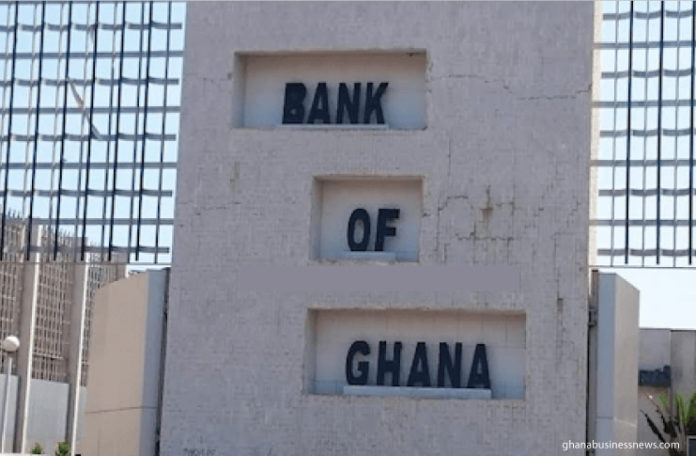The banking sector has ensured that its liquidity risk is well contained, as indicated in a review of the financial sector conducted in 2019 and released by the Bank of Ghana on September 30, 2020.
According to the report released by the Bank of Ghana, all the measures of liquidity remained fairly stable during the period under study. It added that these measures were indicative of a robust banking sector capable of settling its immediate and short-term liabilities as they fall due.
“Liquidity measures generally remained unchanged during the period under review. These measures indicated that the banking sector was in the position to cover its immediate and short-term debts and obligations”.
The Financial Stability Review Report also said that the improved status of the banking sector’s liquidity position was propelled by the increase in long-term deposits following the clean-up of the banking sector as well as the increase in cash and balances owed to banks as a result of the recapitalisation exercise.
“The improved liquidity stance, was mainly driven by the increase in cash and balances due banks mainly as a result of the recapitalisation exercise and subsequent increase in long-term deposits after the clean-up of the banking sector”.

A chart of figures represented by the Bank of Ghana on the liquidity profile of banks showing the various liquidity measures provided in the report also made it known that there was a fairly steady and consistent liquidity position for the banking industry every year from 2017 up to 2019. The figures provided in the chart revealed that from December 2017 to December 2019, core liquid assets to total assets maintained an average between 22- to 23- percent for all three years. Also, in the same period, core liquid assets to short-term liabilities remained in levels between 28 percent and a little over 30 percent. Core liquid assets to total deposits hovered around 35 percent to 36 percent. For broad liquid assets to total assets and then to short-term liabilities they stood at extremely high levels of over 52 percent and above 67 percent respectively for the year under review.
The report further asserted that consistent with the improvement in the Banking Sector Soundness Index (BSSI), the heat-map of the Financial Soundness Indicators (FSIs) depicted a very robust banking sector. More so, the map indicated that as of December 2019 the banking industry saw an improvement in its stability and soundness generally.
“In line with the improvement observed in the BSSI, the heat-map of the Financial Soundness Indicators showed a much resilient banking sector in recent times. To monitor banking sector resilience, the core Financial Soundness Indicators (FSIs) are transformed into a quartile Heat Map. The map showed an improvement in the general stability and soundness of the banking sector as at December 2019”.
By the assessment of the report, the banking sector was doing considerably well and that the industry had remained resilient, stable, and secure for the year 2019 with liquidity measures showing that the sector had marked a general improvement over the past few years.
“The solvency and liquidity conditions were among the best performing indicators over the past two decades”.





















